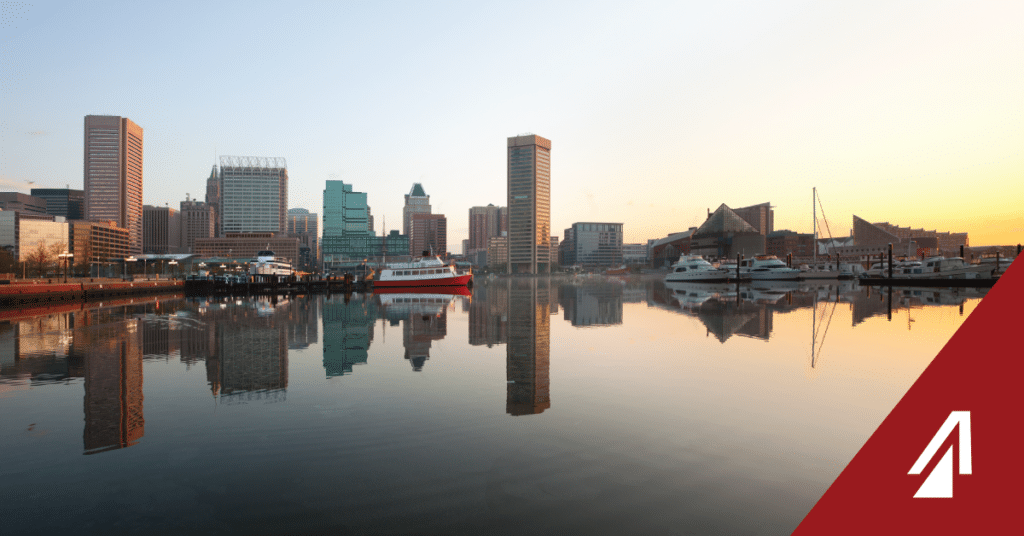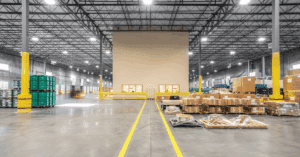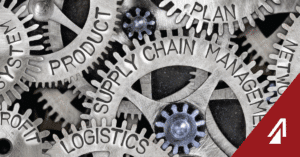Amidst ongoing efforts to restore operations at the Port of Baltimore following the recent maritime disaster involving the collision of a cargo ship with the Francis Scott Key Bridge, Maryland Governor Wes Moore has reiterated the commitment to expedite the reopening of crucial channels to full business capacity.
Current Progress in the Port of Baltimore
Unified Command teams are tirelessly working to clear the wreckage from the collapsed bridge, which occurred on March 26, causing significant disruption to port activities.
Governor Moore emphasized the state’s determination to accelerate reconstruction efforts, with crews operating round-the-clock to achieve the ambitious goal of restoring full maritime operations. Despite the absence of a precise cost estimate for rebuilding the Key Bridge, Governor Moore affirmed the unwavering commitment to fast-tracking the process.
Parallel to recovery efforts, the Army Corps of Engineers has dredged emergency channels to facilitate essential vessel passage, offering a temporary solution amidst ongoing reconstruction. A tentative timeline for port reopening has been outlined, aiming for a 280-feet wide and 35-feet deep limited access channel to be operational by the end of April, with the entire federal channel anticipated to reopen by the end of May.
Support for Impacted Businesses and Workers
Governor Moore established an executive order to support Port of Baltimore businesses during the recovery efforts and help retain the 8,000 employees impacted by the Key Bridge collapse. The order allocates emergency funds to assist affected businesses with repairs, relocation, or other expenses. The executive order also directs the state’s labor department to provide support and resources to workers, including retention programs.
The Port of Baltimore Worker Retention Program, authorized by the Maryland Protecting Opportunities and Region Trade (PORT) Act, was signed into law to avert layoffs until the Port fully opens. Three additional relief programs, including the Department of Commerce: Port of Baltimore Emergency Business Assistance Program, were established and will begin accepting applications later this month. This program will provide grants to eligible businesses whose operations and shipments have been disrupted due to the collapse.
Considerations for Rebuilding Key Bridge
Discussions on bridge reconstruction and liability for the collision are ongoing, with Governor Moore and Senator Chris Van Hollen emphasizing federal support for rebuilding efforts. Legislation is set to be introduced to secure additional funding, ensuring that any recovered monies from lawsuits contribute to the project.
Looking ahead, Governor Moore is scheduled to engage with lawmakers in Washington, D.C., to advocate for necessary funding and support for the reconstruction project. As the Port navigates the aftermath of the disaster, collaboration and contingency planning remain paramount to mitigating disruptions and upholding the resilience of the East Coast supply chain.
Our team at the ProTrans group of companies is closely monitoring the situation and will update you as we know more. If you have any questions about how this will impact your cargo or operations, please reach out to your representative.



